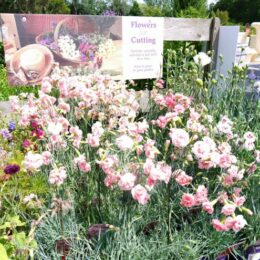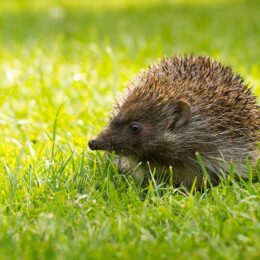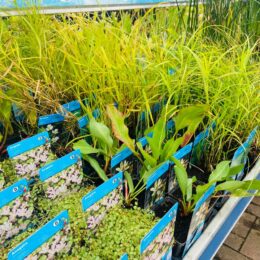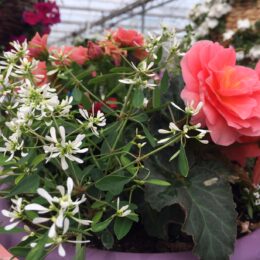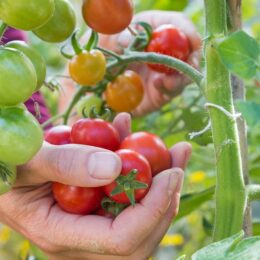A bog garden is an area of permanently moist (but not waterlogged) soil. It may be that you can exploit existing poor drainage in your garden, or you can artificially create the correct conditions using pond liners to trap water in the area so that it mimics natural bog garden conditions.

A miniature bog garden in a tin bath
Attract wildlife
One of the best ways of attracting wildlife to your garden is by providing water.
If you worry about the safety of a garden pond then a bog garden will make the perfect alternative and will be just as valuable to wildlife.
Like a pond, bog gardens will quickly become home to lots of insects and invertebrates, making it a perfect feeding spot for frogs, toads, hedgehogs and birds. Dragon flies may be spotted perching on taller grasses and with careful plant selection it will be easy to attract butterflies and bees.
Creating a bog garden
Making an artificial bog garden is very similar to making a garden pond as you have to start by digging!
- Mark out the outline of your bog garden with dry sand, string or a garden house. If it looks like your bog garden is getting big then you may need to position some stepping stones for access.
- Dig out to about 5cm (18 in) deep, keeping the excavated soil to one side.
- Line the hole with thick polythene or flexible butyl pond liner and puncture it several times at 1m (3ft) intervals. (Although you want the soil in your bog garden to be moist, it shouldn’t be completely waterlogged or it will starve your plant roots of oxygen and they could rot)
- Fill in with a thick layer of coarse grit or gravel to prevent the drainage holes from becoming blocked.
- Replace the excavated soil back into your bog garden, mixing in plenty of organic matter such as leaf mould or well-rotted manure.
- Allow the soil to settle for a week before planting and watering in well. To keep your bog garden well-watered consider lying a soaker hose over the soil surface and disguise it with a layer of mulch. This can then be attached to a hosepipe or irrigation system.
Create a miniature bog garden
If you would like to create a bog garden on a much smaller scale then you can easily use a container. Large plastic pots (with no drainage holes or you’ll need a liner); half barrels and tin baths make perfect choices.

Adding a top mulch of gravel to the tin bath to help with filtration, water chemistry and add an aesthetic appeal
Fill the base of your chosen container with a layer of gravel and then add Perrywood potting soil to the top. Soak your container completely and allow the soil to settle for a week, keeping it wet. Plant your bog plants in their chosen position and top with more soil if necessary. Water well and mulch with a layer of gravel. Container bog gardens will tend to dry out more quickly so make sure they are checked for water frequently.
What to plant
When selecting plants for a bog garden you will have the opportunity to create wonderful displays with a range of contrasting foliage and lots of flower forms and colours.

Lobelia cardinalis ‘Queen Victoria’
Marginal plants that would typically be planted on a pond shelf are perfect choices. Just a few of the many possible examples include Caltha, Equisetum, Water Iris, Gunnera, Cyperus and Lobelia.
Moisture loving herbaceous perennials that will enjoy bog garden conditions include Lythrum, Hostas, Astilbe, Rheum, Ligularia, Primula and the Shuttlecock fern Matteuccia. Grasses such as Carex, Juncus and Acorus are also ideal.

Cyperus
Take care not to overcrowd when planting and make sure that you don’t put smaller plants between large ones as the smaller ones will struggle to attract sunlight.



